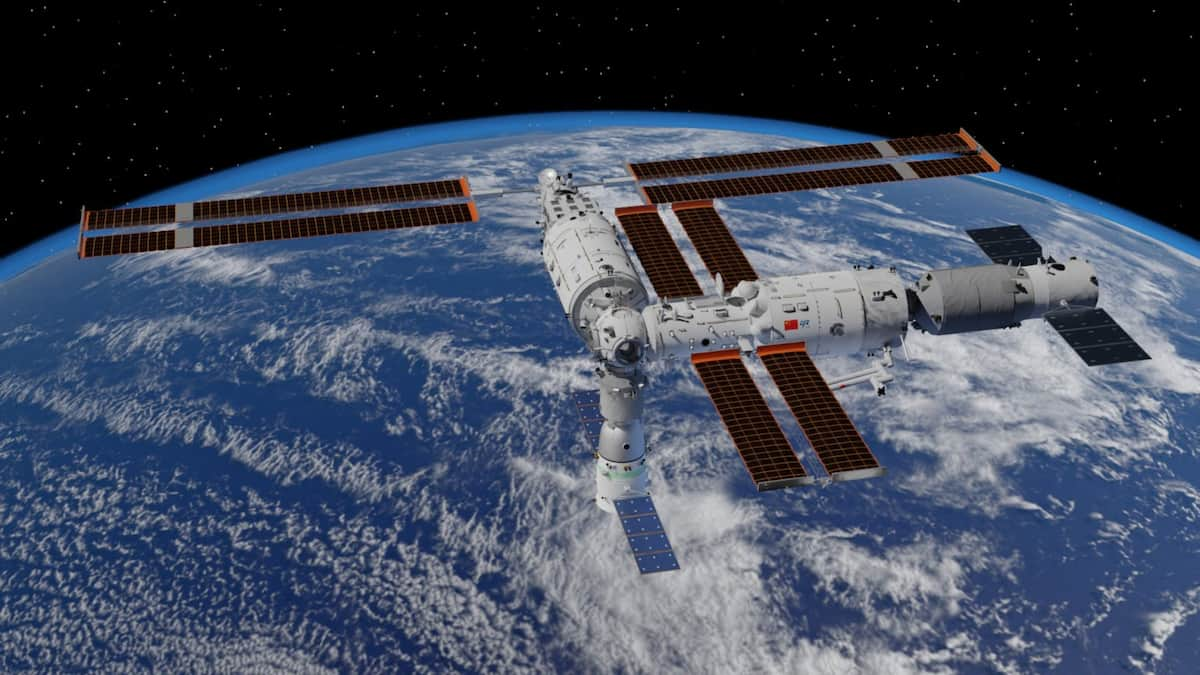After the International Space Station, China’s space station will become the second largest orbiting terrestrial habitat.
This, after China recently launched the last remaining module to complete the assembly of its Tiangong space station, which is expected to start operating at full capacity during the end of this year.
The growth of the Chinese space station
Construction of the Chinese space station began in April 2021 with the launch of the Tianhe module, which will act as the main living quarters for the astronauts. It was later followed by the release of the Wentian, or “Quest for the Heavens” in English. This is a laboratory module for conducting science experiments.
The newly added module is called Mengtian, or “Dreaming of the Heavens.” It was launched using China’s Long March 5B rocket, which is the country’s most powerful. The launch took place at the Wenchang Space Launch Center in the southern island province of Hainan on Monday, November 1.
Mengtian, added yesterday, became the second lab module to dock with an axial port on the side of Tianhe. Once its launch and annexation mission is over, 13 hours after its start, the Chinese space agency shared a video with images of the launch of this module, which marks the end of the assembly of this space base in orbit.
The full service life of the Chinese space station is expected to last at least 10 years. The country’s scientific teams expect to conduct more than 1,000 scientific experiments during this period. For comparison, more than 3,000 experiments have been performed on the International Space Station since November 2000.
As pointed out by the China’s Xinhua News Agency, the Mengtian module, together with the Tianhe core module and the Wentian laboratory module, will form the basic, T-shaped configuration of the space station. Together, they are known as the Tiangong, or “heavenly palace.”
China’s space plans are ambitious. With the creation of this space station, other Chinese space achievements are consolidated, such as the landing of its robotic vehicles on Mars and the Moon, or the milestone of being the third country to put human beings in orbit.
China has already signed several scientific cooperation agreements with 9 foreign countries. China’s space station is scheduled to be completed this year, following two additional delivery missions in November and December. Three astronauts will arrive in December for an extended stay on the space station.










